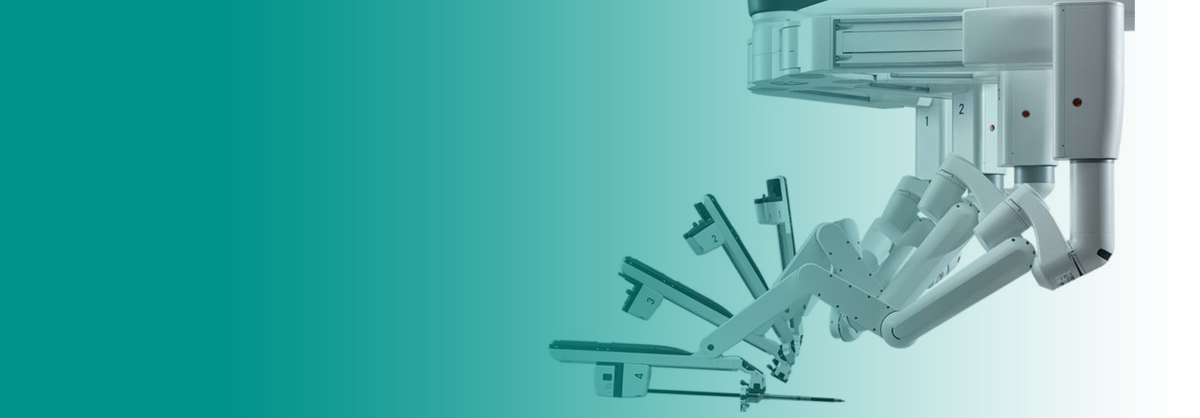
Technology
Experts in the use of cutting-edge technology
The Instituto Cardiovascular Teknon has expertise in the use of cutting-edge technology for the most precise diagnosis of heart disease. The techniques available include in particular 3-D Echocardiography, Cardiac Magnetic Resonance, Cardiac and Coronary CT and PET/CT.
- 3-D Echocardiography. Transthoracic and transoesophageal 3-D Echocardiography is now established as the leading technique in the evaluation of patients suffering from heart valve conditions. It is a simple technique to apply, and stands out for the ease with which images can be interpreted, making an assessment of the heart intelligible not only to a cardiologist but to all other specialists involved in the treatment of patients with heart conditions. The most common reasons for performing a 3-D Echo are:
- Aortic valve evaluation: stenosis and insufficiency.
- Mitral valve evaluation: a mitral prolapse is one of the most common applications of a 3-D Echo, although it may also be useful to assess mitral stenosis, in particular in cases with a deficient transthoracic window.
- Evaluation of prosthetics: this is another of the key uses of the 3-D Echo technique. It is used in particular to evaluate peri-prosthetic dehiscence. The information provided is more precise than that obtained by means of a 2-D Echo.
- Evaluation of the left auricle and atrium.
- Study of congenital cardiac pathologies.
- Guide for percutaneous intervention procedures.
- Evaluation of intra-cardiac tumours.
- Cardiac Magnetic Resonance. Teknon is one of the few private medical centres which currently has access to Cardiac Magnetic Resonance equipment, a cutting-edge technique for the evaluation of patients with cardiac pathologies, and the most advanced technology employed for this purpose (high-field MR device, specific antenna for cardiac studies, advanced image reconstruction software, data recording to CD and colour image printing).
- Coronary Multidetector CT (MD-CT). The 64-slice Coronary MD-CT is a novel technique providing an image of the arteries of the heart without the need to introduce catheters. It is recommended for patients with chest pain under examination with a moderate risk of suffering heart disease, atypical chest pain, or those who have undergone stress tests giving inconclusive results. It comprises a rapidly rotating helicoidal scanner which provides images of the heart in motion as the patient passes inside the scanner.
- PET/CT. PET/CT devices offer a combination of the metabolic information from the PET images and the morphological information from the CT image in one single examination. The images of the human body obtained using this technique serve to evaluate a range of illnesses, including in particular heart conditions. The procedure can establish the flow of blood in the heart and so evaluate signs of coronary disease. It is used to determine those areas of reduced function which are living, and the tissue scarring caused by a previous infarction. Together with the analysis of myocardial perfusion, PET scans serve to distinguish between non-functioning cardiac muscle and cardiac muscle which is still viable and could benefit from a procedure such as angioplasty or a heart bypass to re-establish the blood flow and improve the functioning of the heart.



















